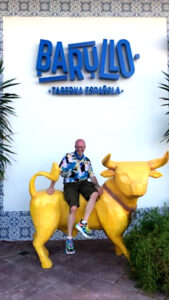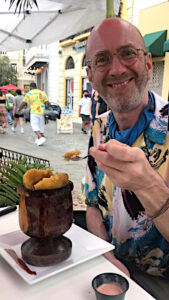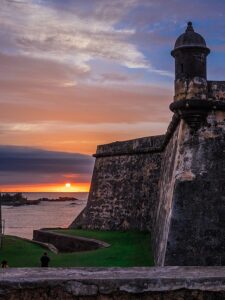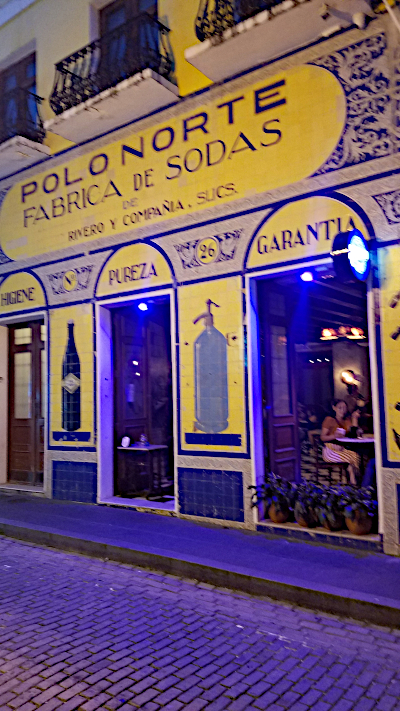Hey there, travelers! Today, I’m counting down the top 10 things to do in Puerto Rico. Make sure to read until number 1 to discover the two things I could not believe you could do there!
#10: Old San Juan
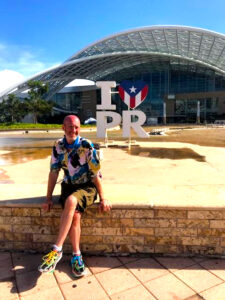
San Juan is a popular stop for cruise ships. It’s home to many attractions and landmarks, including Escambron Beach, where you can snorkel and watch for sea turtles. Of course, you might just choose to relax under the shade of a gently-swaying palm tree instead. And who could blame you? The piña colada was born here, so what’s not to love? Grab a frosty cup from one of the local vendors, and find your spot in the sand.
But don’t just stay on the beach! Old San Juan, with its quaint shops, pastel-painted homes, and unforgettable cobblestone streets will make you feel like you’ve traveled back in time. But the vibrant and bustling restaurants and lively bars will remind you there’s always something new to discover around the next corner!
Old San Juan is more than 500 years old. It’s the second-oldest city in the Americas and a UNESCO World Heritage Site. It will dazzle you with its alluring mix of colonial history and modern-day life.
#9: El Yunque National Forest
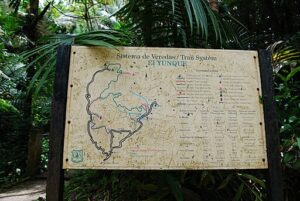
El Yunque tropical rainforest has plenty to explore. You can follow the trails to Juan Diego Falls, a particularly scenic experience. If you enjoy strenuous exercise and feel up to the challenge, La Mina Falls will be your reward after the steep 45-minute hike.
There are two observation towers with fantastic views of the Puerto Rican mountains, including Pico El Yunque, the namesake of the forest and the second-tallest mountain within its boundaries.
Listen closely and you may hear the adorable tree frogs, Puerto Rico’s unofficial national symbol. Once the tiny coquí have serenaded you with their charming chirps, you’ll not soon forget the sound. You might also spot the endangered Puerto Rican amazon, the only parrot native to the island.
Some areas of the park receive more than 20 feet a year of rainfall, so plan to get wet! It’s also wise to be careful when getting into the water due to the possibility of flash floods. Check out the USDA Forest Service website for the most up-to-date information on prices, access, and advisories.
#8: Vieques
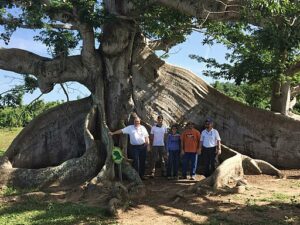
Vieques lies 8 miles east of the mainland. (It’s pronounced vee-AY-case.) This small island is famous for its fantastic scenery and incredible history.
The best reason to make the trip across the water is to experience Mosquito Bay and its bioluminescence. The phytoplankton in the water glow blue when agitated. It’s a magically unforgettable experience in a kayak at night!
You can also snorkel with sea turtles or explore the only black sand beach in Puerto Rico, Playa Negra. You can even go horseback riding there.
And there’s still more for nature lovers. Wild horses are well-established on the island; many roam free in the Vieques National Wildlife Refuge or on Sun Ray Beach.
You can learn more about its history at El Fortin Conde de Mirasol Museum. You might also want to traverse the old Puerto Ferro Lighthouse ruins or check out the 300-year-old Ceiba tree that looks like it stepped out of a Dali painting!
#7: Río Camuy Caves
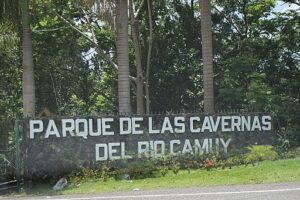
The Río Camuy Caves is the most extensive cave system in the west. This cave system covers 268 acres and contains hundreds of limestone caves, some with high ceilings, massive stalagmites, stalactites, and tons of bats! While only a portion is open to the public, there is more than enough to amaze and delight you.
The entrance to the park is in Quebrada, Camuy, and they offer guided tours. Your journey to Spiral Cave begins by walking down 205 steps into a sinkhole, considered the remains of a collapsed system. Only accomplished cavers, with special permission, can explore beyond the mouth of the cave itself.
You may also visit the Tri-Towns Sinkhole, where you can see the Camuy River flowing 400 feet below you from observation decks at different points. In total, there are 16 entrances and more than 220 caves.
Archaeological evidence shows that the Taíno Indians, Puerto Rico’s indigenous people, explored this system many years ago, but it’s barely mapped still today. At least eight hundred more caves may yet exist in this impressive complex.
#6: El Morro Fort

The Spaniards constructed the fort Castillo San Felipe del Morro in the 16th century. It was designed to protect Old San Juan from attacks by sea. The fort defines a peninsula’s entire end and looks quite impressive from that angle.
You can explore tunnels, dungeons, ramps, and guard towers and even look at the lighthouse to get a feel for life in the 1500s.
It’s not as hot if you go in the morning; however, you can’t beat the views (and photo opportunities) when it’s all light up at night. Since it’s an easy walk from the Old City of San Juan, there’s no reason not to make room in your itinerary!
#5: Castillo de San Cristóbal
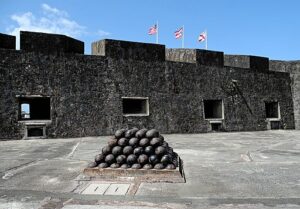
If hidden tunnels and Spanish forts get you itching to explore, you’ll also want to check out the Castillo de San Cristóbal. It’s not nearly as popular of a travel destination as El Morro, but it’s equally impressive (if not more so).
This fort was constructed during the 15th and 16th centuries, but it was built to protect San Juan from attacks by land. It’s the largest fort ever constructed by the Spaniards in the New World.
Your admission to El Morro is also good for San Cristóbal, so take advantage of the opportunity to see them both!
#4: Catedral de San Juan Bautista
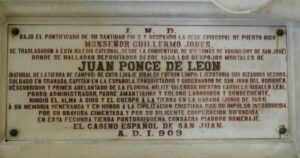
The Cathedral of San Juan is an important religious site where Ponce de León, the country’s first governor, was laid to rest. You may remember him as the famous explorer who was in search of the Fountain of Youth in Florida.
This cathedral is the oldest one in the United States and is one of the oldest buildings in San Juan. It was built in 1521 but was later destroyed by a hurricane and rebuilt again.
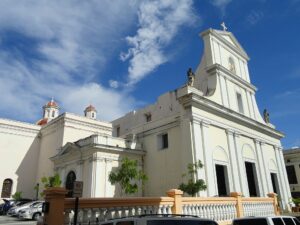
#3: Cayo Icacos
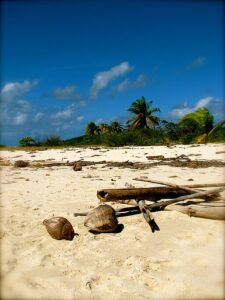
If you’d like to get away from it all take a day trip to Cayo Icacos. It takes about half an hour by boat to get to this island, located off the coast of Fajardo on the northeast end. It’s part of La Cordillera Nature Reserve and remains blissfully free of fancy hotels and chain restaurants.
And it’s well worth the trip. The water is a beautiful shade of clear blue, and the beach is fantastic. You can sign up for a full-day tour on a large catamaran. They typically offer lunch and drinks as well. Some even provide an opportunity to take in a bit of snorkeling along the way.
#2: Isla Verde
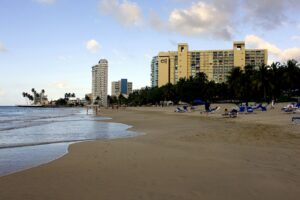
If you want to soak up the sand and sun, and take in everything a tropical escape offers, consider jetting straight to Isla Verde. It’s close to San Juan and only a few minutes from the airport.
It’s known for great hotels, fantastic restaurants, and lively nightlife. The beach is beautiful and probably just what you need to hit that reset button.
So pack a bag and head down for a dip in the warm water. If your perfect vacation doesn’t include climbing historic forts or hiking through the humid rainforest, this may be your ideal spot!
And the number 1 place to visit in Puerto Rico is…
#1: Rincón

Puerto Rico has so many adventures that you could never find them all in just one trip. But there are two things I never realized you could do there: whale watching and surfing! For those adventures, you’ll want to travel to Rincón, also known as Pueblo del Surfing. Yes, the surfing town!
Two of the most striking features are the lighthouse and that big dome. So what is that dome? The beach is actually called Domes Beach (Playa Domes) and it’s where you’ll find some of the biggest surfing waves in Puerto Rico. The dome is from a decommissioned nuclear plant that’s now listed on the U.S. National Register of Historic Places. Puerto Rico never fails to amaze me!
The lighthouse is known as Punta Higuero Lighthouse and it was built by the Spanish government in 1892. The US Coast Guard rebuilt it in 1922. El Faro Park sits around the lighthouse and it’s a perfect spot for surfing and whale watching.
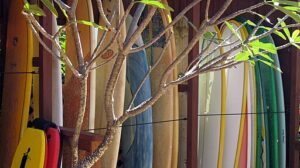
To see the humpback whales, plan to visit sometime between January and March. Check around the town for available tours. Peak surfing time is during the winter months.
But no matter when you plan on being in Rincón, there’s no shortage of fun activities. You can go snorkeling, deep sea fishing, hiking, horseback riding, or relax on some of the island’s best beaches.
Puerto Rico is an incredible place rich with history and natural beauty. There’s so much to discover here that you may find yourself thinking about your next vacation before you even leave!
Be sure to check out the video I made on YouTube!
Creative Commons Attributions:
Gordon Tarpley, CC BY 2.0, via Wikimedia Commons
Western Area Power, CC BY 2.0, via Wikimedia Commons
viviandnguyen_, CC BY-SA 2.0, via Wikimedia Commons
Mariordo (Mario Roberto Durán Ortiz), CC BY-SA 4.0, via Wikimedia Commons
LBM1948, CC BY-SA 4.0, via Wikimedia Commons
Daderot, Public domain, via Wikimedia Commons
Daderot, Public domain, via Wikimedia Commons
https://www.flickr.com/photos/jeffgunn/, CC BY 2.0, via Wikimedia Commons
Thank You (23 Millions+) views, CC BY 2.0, via Wikimedia Commons
Gordon Tarpley, CC BY 2.0, via Wikimedia Commons
M S, CC BY-SA 2.0, via Wikimedia Commons
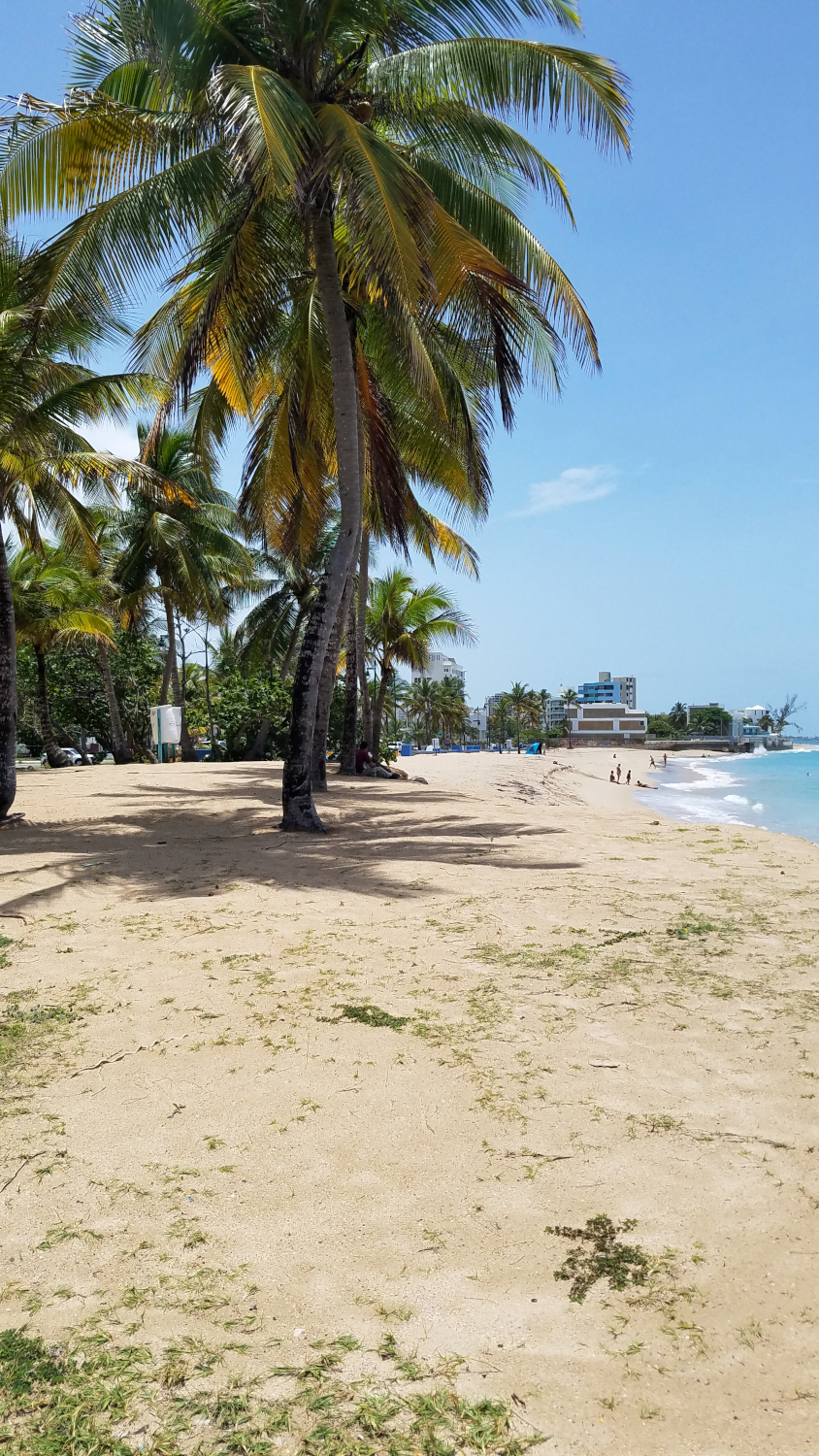
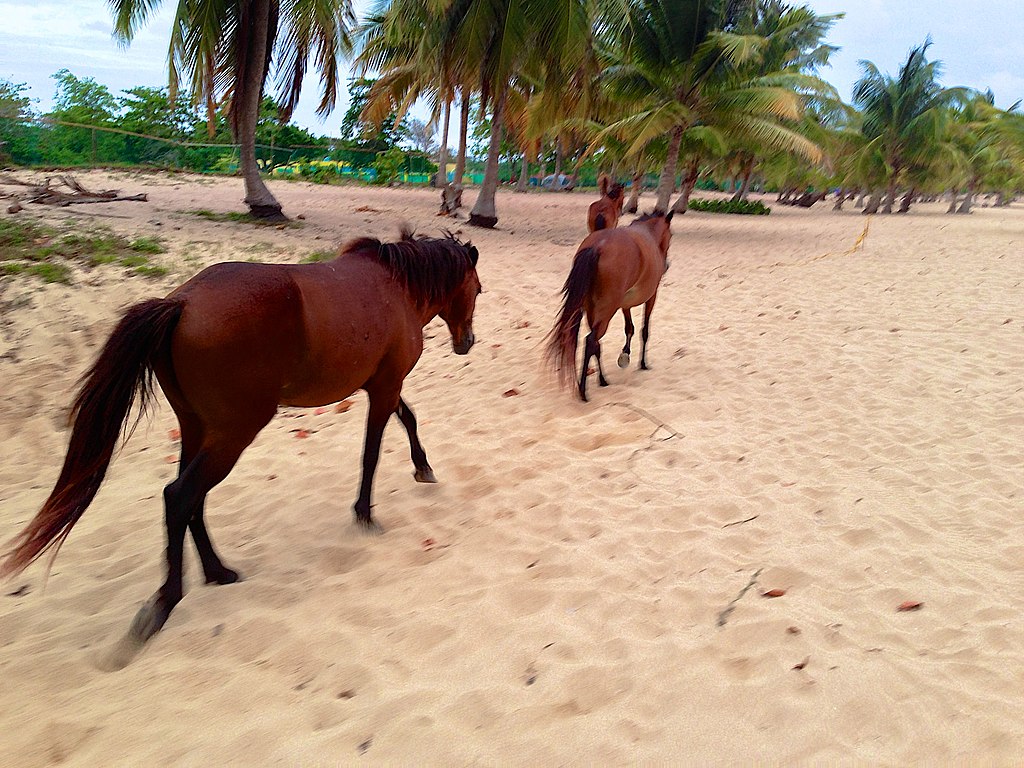
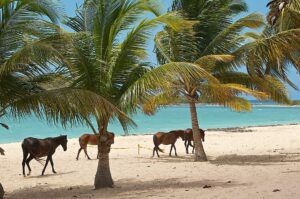
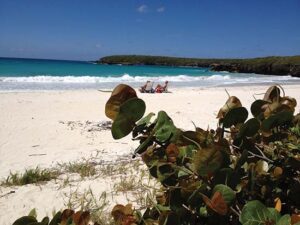
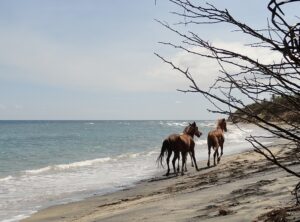
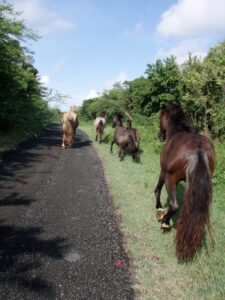
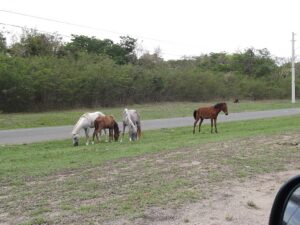
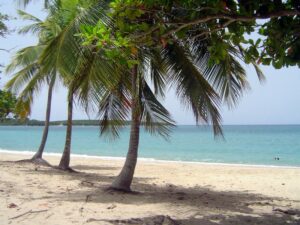
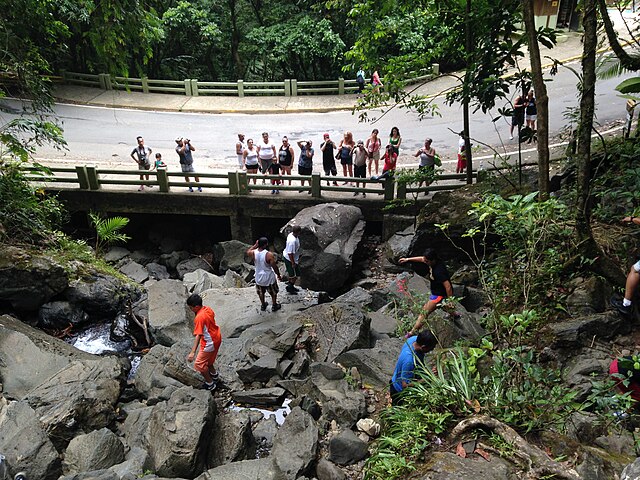
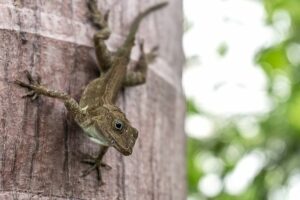
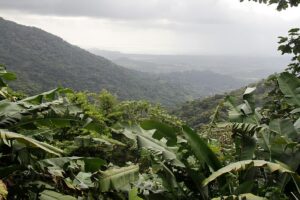
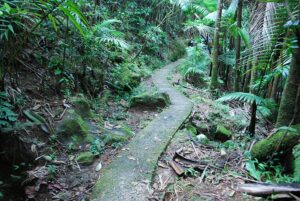


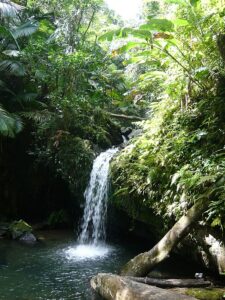


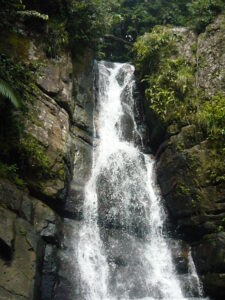
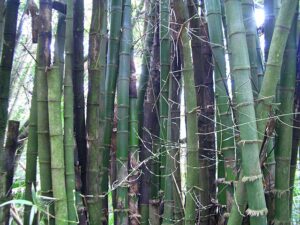
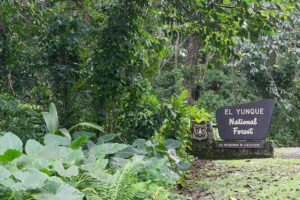
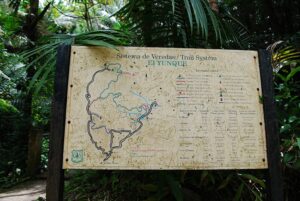
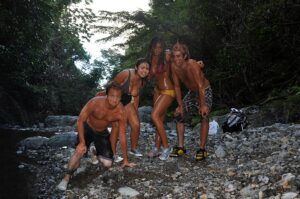
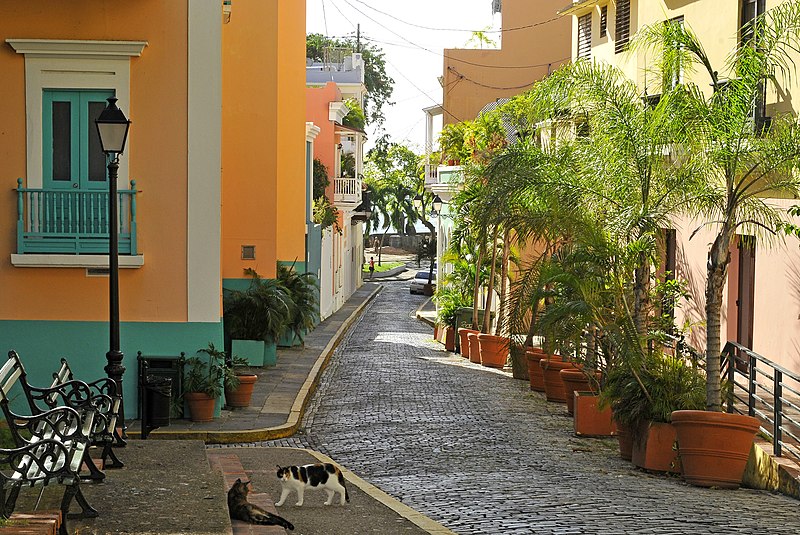
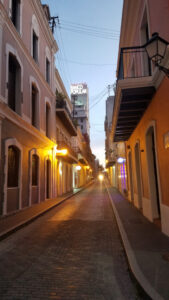 Old San Juan, Puerto Rico should be on your must-visit list!
Old San Juan, Puerto Rico should be on your must-visit list!
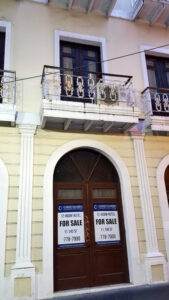
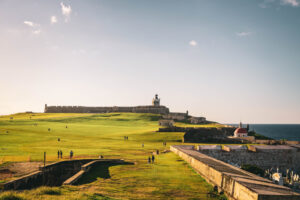
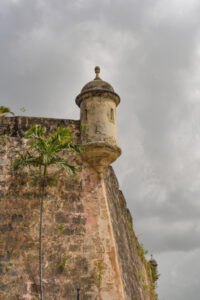
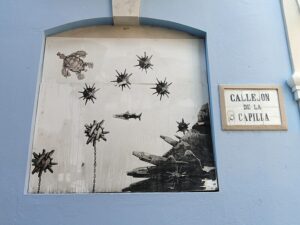
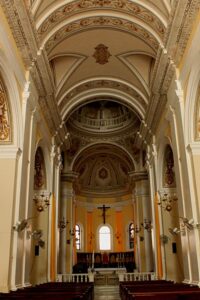 6. Visit the San Juan Cathedral.
6. Visit the San Juan Cathedral.